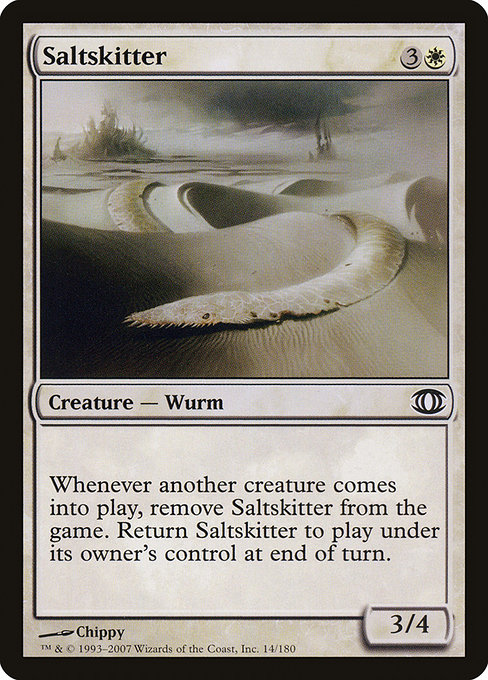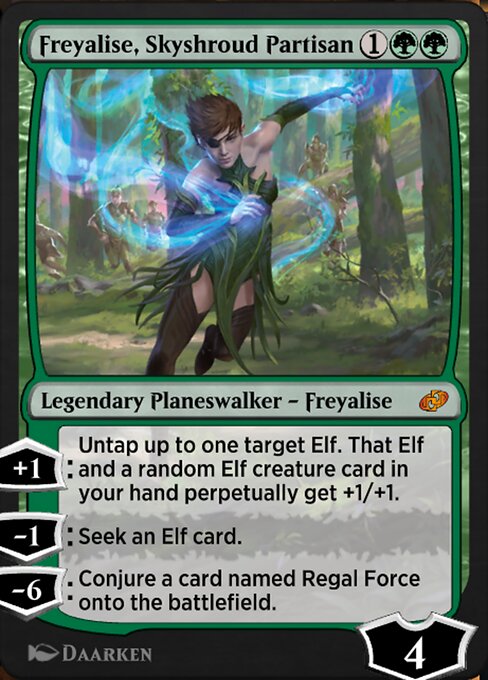Planeswalkers
Planeswalkers represent specific figures in the story of Magic: the
Gathering. In this fantasy setting, the universe is actually a
multiverse consisting of many dimensions called "planes", which
planeswalkers have the unique ability to travel between (all other
creatures being stuck in their plane of origin). Indeed, in the lore
of the game, the players are planeswalkers themselves, channelling
powerful magic to summon creatures, conjure enchantments, and so on.
A planeswalker card, then, represents a "fellow" planeswalker whom
you call to your aid. Despite the fact that planeswalker characters
are living intelligent beings (humans, elves, &c), planeswalker
cards do not count as creatures in the game rules. As
counterintuitive as this is, perhaps a good interpretation is that
they are "above the common rabble"; they have "agreed to help you
out", but will not participate in such "low" activities as attacking
your opponent directly. However, they do offer their services in the
form of their loyalty. When you play a planeswalker, they enter the
battlefield with some initial loyalty (shown in the bottom-right of
the card). Once on each of your turns, you may activate one of their
loyalty abilities; these will increase or decrease their loyalty by
the stated amount. A "minus" ability can't be used unless the
planeswalker actually has at least that much loyalty. Planeswalker
abilities are as varied and diverse as those of artifacts and
enchantments; they are often very beneficial, making planeswalkers a
high-priority target for your opponent. A planeswalker's loyalty is
decreased if they take damage; in keeping with the game's lore, if
you control a planeswalker, your opponent may choose for some of
their creatures to attack at your planeswalker instead of you. You
may declare blockers accordingly; if a planeswalker ends up being
damaged, their loyalty is reduced by that amount, similar to your
own life.





